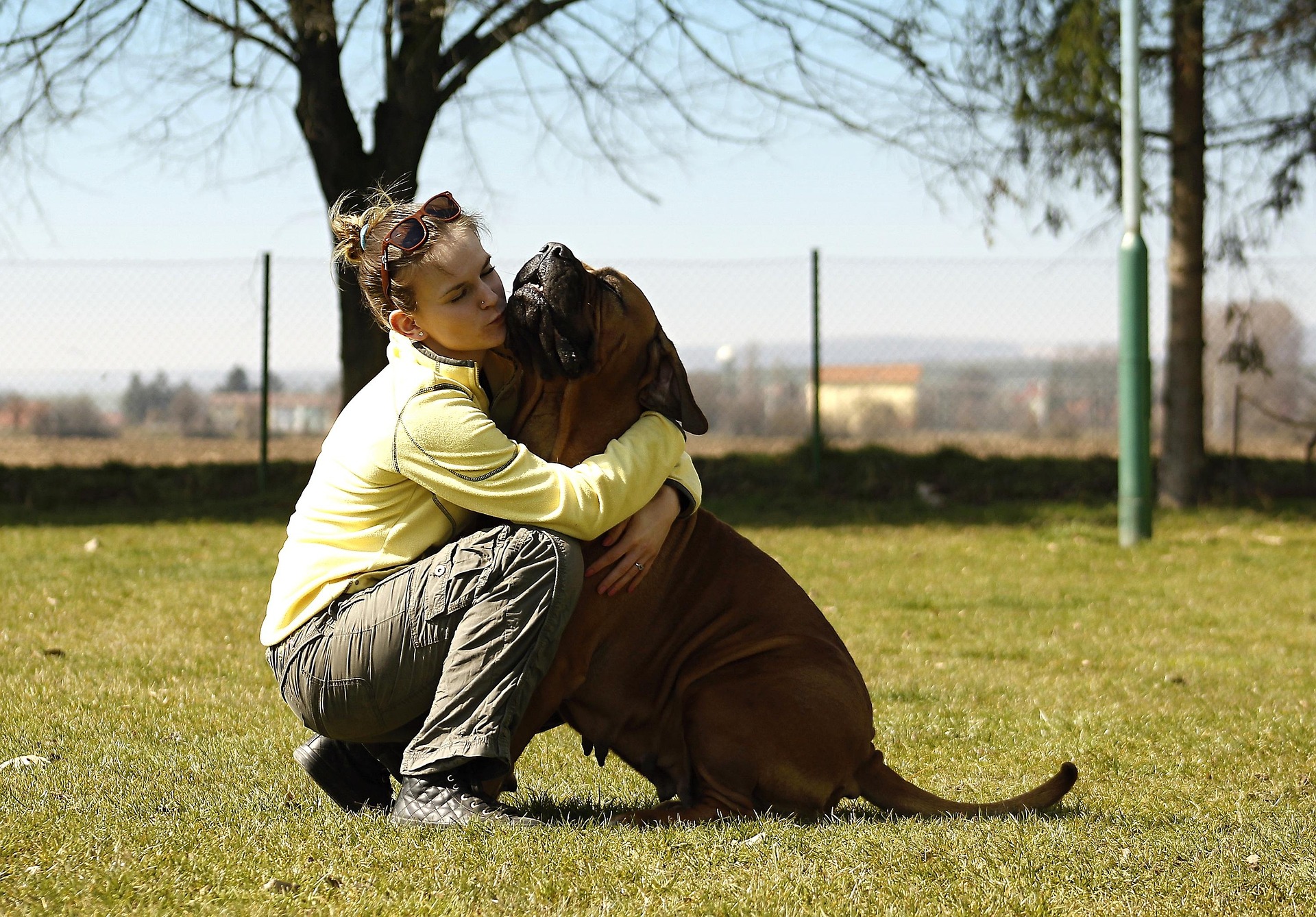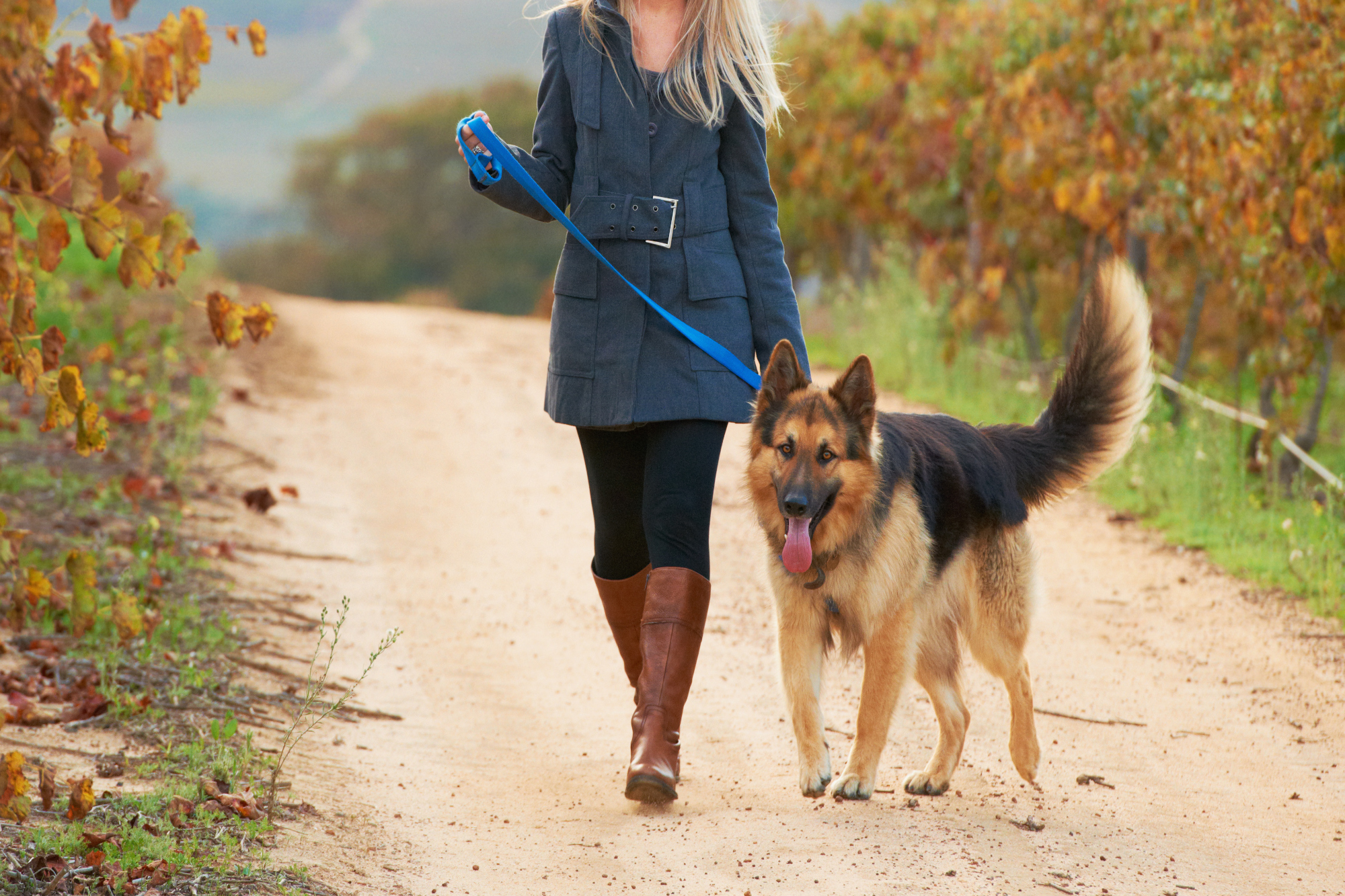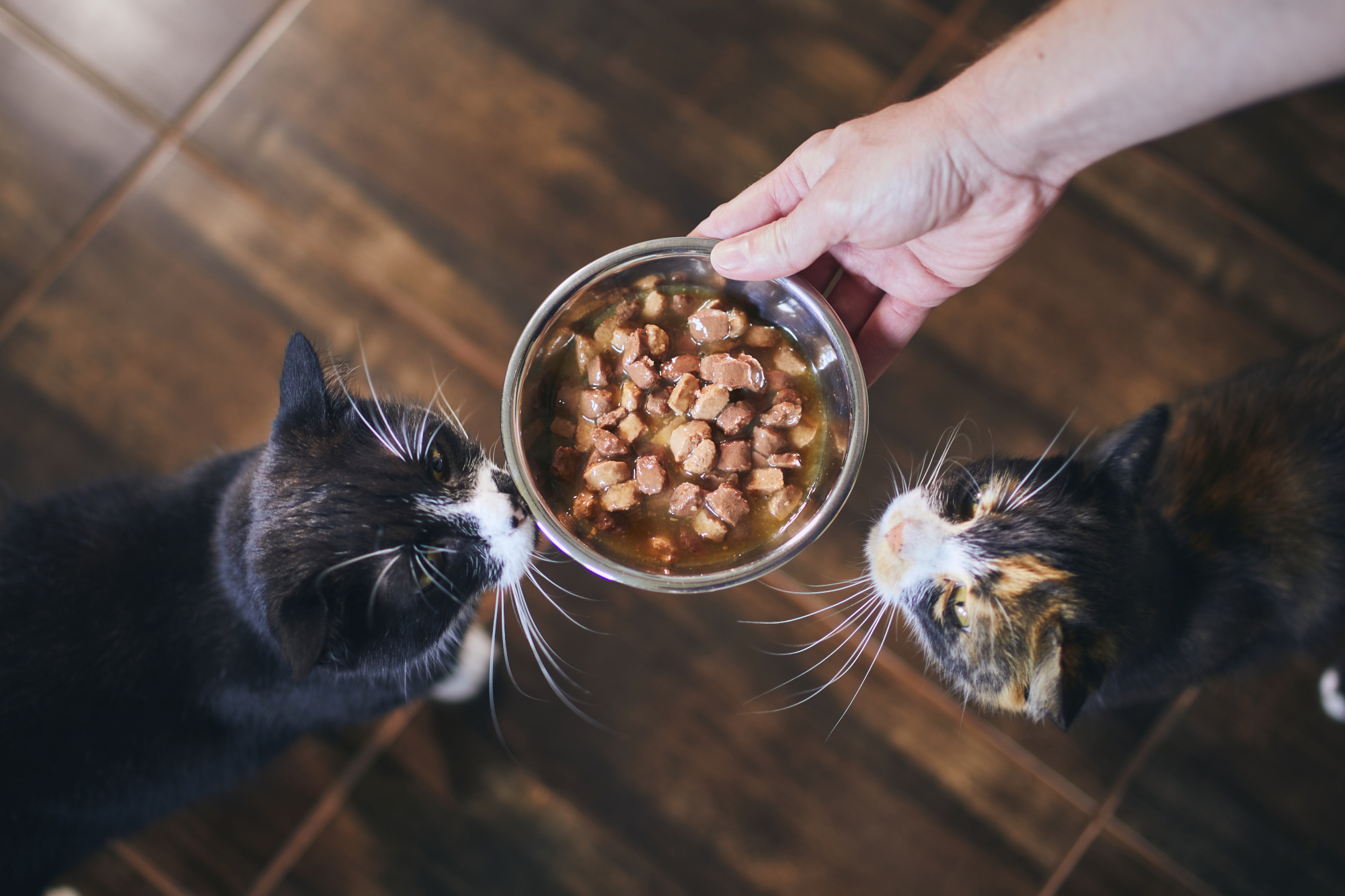When the temperatures soar this summer, you can help your pets chill out and stay safe using our cool ideas! (Pun intended.) While some of these ideas are useful for both cats and dogs, we also have some dog-specific tips as well as cat-specific tips. We’re also including a handy checklist to help you spot the signs of dehydration in pets.
Why Hot Temperatures are So Dangerous to Pets
Dogs – Dogs are particularly prone to becoming overheated because they don’t sweat. Instead they regulate heat by panting and by the few sweat glands in between their toes. Dogs are often exposed to such danger because of how often they’re included in family outings, shopping trips, outings to the park and the beach, and on walks in general. If it is extremely hot, it’s actually better to leave your dog at home and keep their walks short. Stick to being in the shade as much as possible and go out during cooler times of the day, such as early morning.
Cats – Cats have sweat glands on their paws and a few on their bodies as well, although they don’t help cool them very well through their fur. However, cats are usually left at home rather than being taken on family outings and aren’t usually taken on walks. Even so, they also need protection from the heat whether they’re indoor or outdoor kitties.
6 Hot Tips for Keeping Pets Cool in the Summer
- Pets in Vehicles Awareness – No pet should be left unattended in a vehicle in the summer. The car or truck is a heat trap and, even with all the windows cracked open, temperatures can climb to dangerous levels within a few minutes. For more tips on the subject check out our pets in vehicles-centered post.
- Water Supplies – Make sure fresh water is always available. Keep water bowls in the shade and secured so they won’t spill. Bring portable water and water bowls for dogs with you while you’re on the go. Cats—especially outdoor cats—should have multiple bowls left around the house or yard during hot weather. Put a few ice cubes in your cat’s water bowls to help keep them cool as well as hydrated – some kitties love to play with ice anyway!
- Shade– Make sure outdoor pets can find a shady spot in the heat of the day. Construct one if necessary. When indoors, pets may enjoy lying on tiles wherever they can find them. Check outdoor buildings before closing doors as a cat may seek shelter inside and become dehydrated because they can’t get out.
- Air Circulation – Cool air helps pets feel more comfortable. If your pet is indoors, open a window and put a fan on a low box near it. If there is no cooling breeze, create one by putting a frozen water bottle in front of the fan.
- Cool Him Down – A cool wet cloth rubbed gently over your cat can help cool them down; a dog may enjoy a light spray from a mist sprinkler or cold packs wrapped in towels. Don’t assume a dog instinctively knows how to swim and he or she should be watched carefully around a pool or lake. Standing in a tub of cool water can be refreshing for a dog but don’t use ice water as it is dangerous to cool them too quickly.
- Exercising Dogs – Alternate between grass, asphalt, and sidewalks when walking your dog. Booties may be needed if you can’t avoid the asphalt. Choose the coolest times of the day (usually early morning or late evening) for walks and don’t play chase games when it is really hot, as dogs don’t know their limits. Bulldogs and other flat-faced dogs have more difficulty breathing than other dogs when they get hot or when exercised in hot weather, thus it is especially important to make sure these dogs are kept cool.
Watch for the Signs of Dehydration and Heatstroke
Dehydration is dangerous for pets and can quickly turn into life-threatening heat strokes. If you see any signs, get help. A pet suffering from dehydration may have difficulty swallowing water, but a veterinarian can quickly and safely hydrate a pet.
The signs of dehydration are as follows:
- Dogs will pant excessively and, when a cat begins to pant, he or she is already overheated.
- Dogs and cats will have increasingly thick, sticky gums and saliva, and will drool as swallowing becomes more and more difficult. They will vomit and lose interest in food.
- A dog’s eyes will become sunken, their urine will be dark, their skin will lose its elasticity, and they’ll be wobbly on their feet.
- Dogs and cats will become increasingly lethargic and unwilling to move.
Get help from your veterinarian pronto before these symptoms become worse! The next stage is heat stroke and progressive illness can occur.
Try to keep you and your beloved pets cool this summer. Try using healthy exercise options, make sure they get plenty of water and shade, and protect them from excessive heat. They will love you for it!
Creative Commons Attribution: Permission is granted to repost this article in its entirety with credit to Hastings Veterinary Hospital and a clickable link back to this page.






